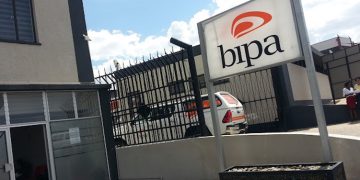
With local fuel prices continuing on an upward trend following a 30 cents hike for the month of October and smuggling becoming rife in northern Omusati and Ohangwena regions, you might be wondering why Namibians are paying more for fuel than their Angolan neighbours.
According to those in the know, a 25 litre of petrol will cost you N$80 in Angola and set you back N$371.75 in Windhoek.
According to the Mines and Energy minister Tom Alweendo, the answer lies in subsidies offered to motorists by the Angolan government and lack of additional taxes to the pump price.
“There are two main reasons why fuel in Angola is cheaper than here. First, in Angola fuel is subsidised by the Government and they don’t add taxes to the pump price. Here Government doesn’t subsidize the fuel price and a number of taxes are levied on the pump price. Examples of levies are the MVA for road accidents; RFA for road maintenance,” Alweendo told The Brief.
Fuel dealers in Namibia are currently charged a levy of 90c/ litre on fuel, a Road Fund Administration levy of N$1,36/ litre, a Motor Vehicle Accident Fund levy of 47c/litre, and a National Energy Fund levy of 98c/litre, a position which is blamed for driving up the pump price for motorists.
In South Africa, +/-35% of the retail price of fuel is taxes and levies.
He also cites the difference in the quality of fuel used in Namibia and Angola for the price difference.
“Second, fuel in Angola is not refined to the same level as the ones we import from international markets,” Alweendo said.
On whether government could consider liberalising the fuel sector to allow fuel companies to determine their own pricing, a position which could favour the motorists, he said, “currently fuel price is controlled and there’s no immediate plan to change the system to allow individual importers to determine the price.”
Sulphur levels in diesel
On whether Namibia plans to review Sulphur levels in diesel, the Mines and Energy minister said Namibia was currently adhering to the Southern African Development Community rules, with South Africa having announced regulations in August which state that diesel grades allowed for sale may not exceed 10 parts per million, or ppm. The rules will come into effect in September 2023.
“As to sulphur level, SADC has a protocol that dictates the levels of sulphur in fuel and all Member countries are expected to adhere to those levels. We do adhere to the required levels,” he said.
Only the higher 50ppm grade is currently available in the country.













